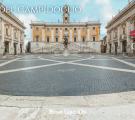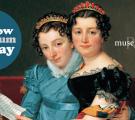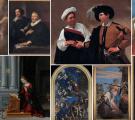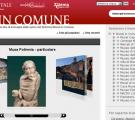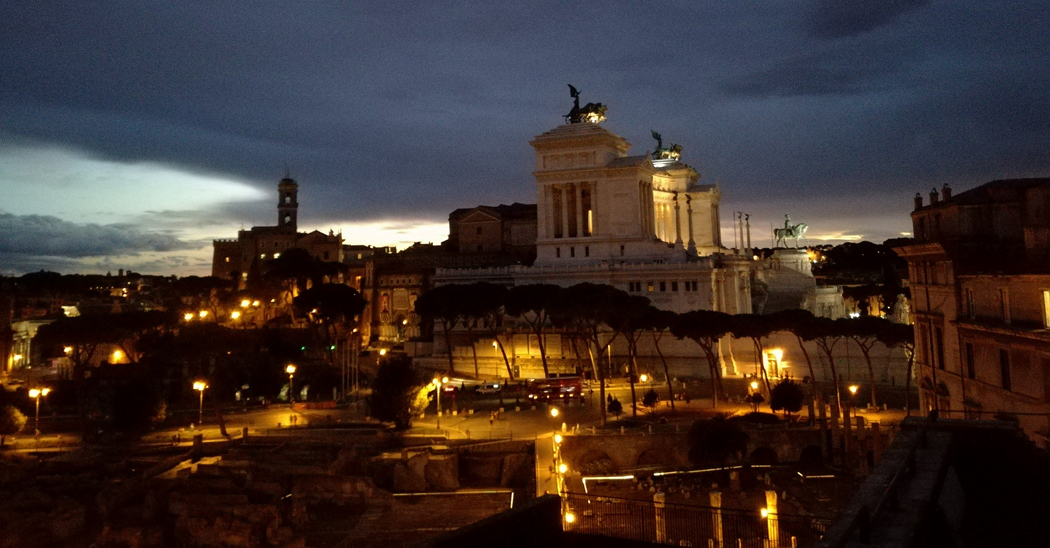334
The Museum of the Imperial For a, located inside Trajan’s Markets is the first museum dedicated to ancient architecture, displays reconstructed sections of the Forums’ architectural and sculptural decorations, that have been achieved by reassembling original fragments to which newly made mouldings and stone forms have been added in line with the modern museological concept that any intervention must be reversible.
The Museo dei Fori Imperiali located in Mercati di Traiano is topographically and conceptually linked to the greater urban system of the Imperial Forums, that of Caesar (46 B.C.), Augustus (2 B.C.), Templum Pacis, (75 A.D.), Nerva (97 A.D.) and Trajan (112 and 113 A.D.).
Dedicated to ancient architecture the museum is the first of its kind. With a reversibility theme in mind, on show are displays of original fragments of decorative features and sculpture, which were found in the Forums. Fragments have been recomposed and integrated with newly cut stone. Exhibits give back to us a “perception” of the quality and wealth of the Forum’s figurative subject matter, which worked as an imperial propaganda vehicle.
Opened in the Autumn of 2007, the Museum is sited in the Great Hall and Central Block of the Mercati di Traiano, which includes the Great Hemicycle section of his Forum. Displays use a mixture of traditional boards and multimedia panels and visitors start their tour in the Great Hall with an introduction to the Forum area and a presentation of each Forum based on the most important finds discovered within it. On the upper level are pieces from Caesar’s Forum and “Memory of the Antiquity”. In the Central Block are pieces from Augustus’s Forum, which was the model forum used in the Roman Provinces.
Built at the same time as Trajan’s Forum, the monumental complex dominated by Mercati di Traiano, which as “rediscovered” from 1926 to 1934, was a multi-functional public work with administrative functions for the Forum. Although rebuilt and transformed over time, it was originally composed of units on six different levels which run in a Great Hemicycle along the base of the Quirinal Hill side. From 2005-2007, the site has been the subject of cutting edge structural and protective restoration. The Museo dei Fori Imperiali houses also temporary exhibitions.



























